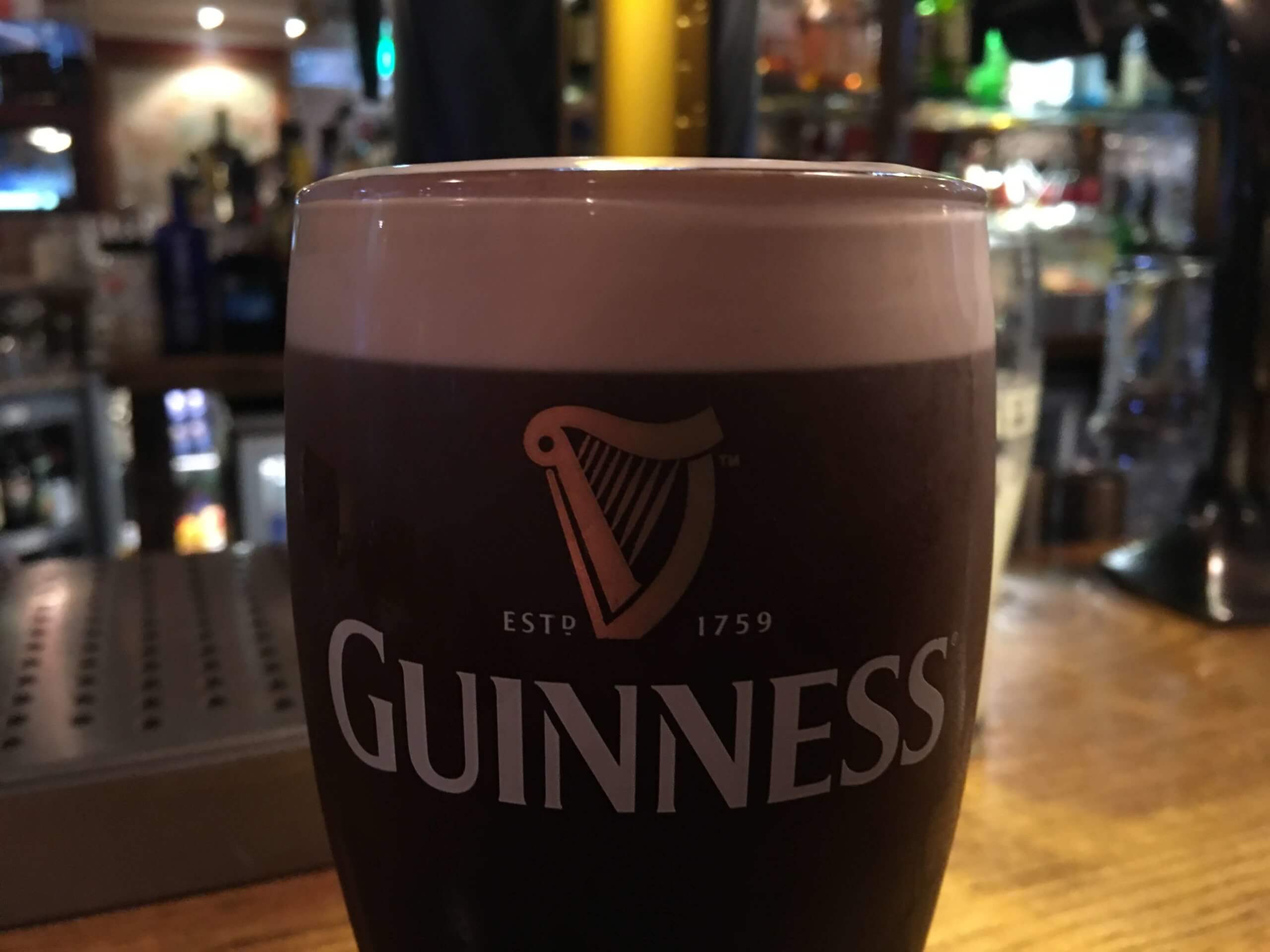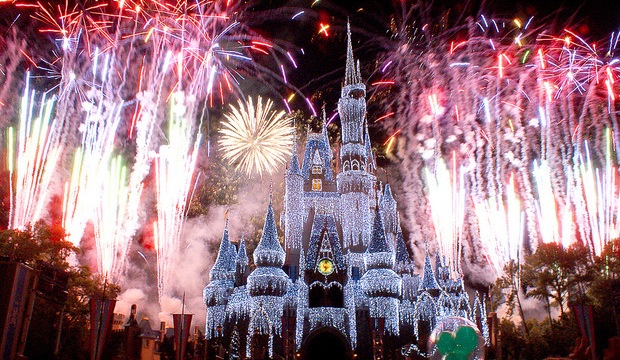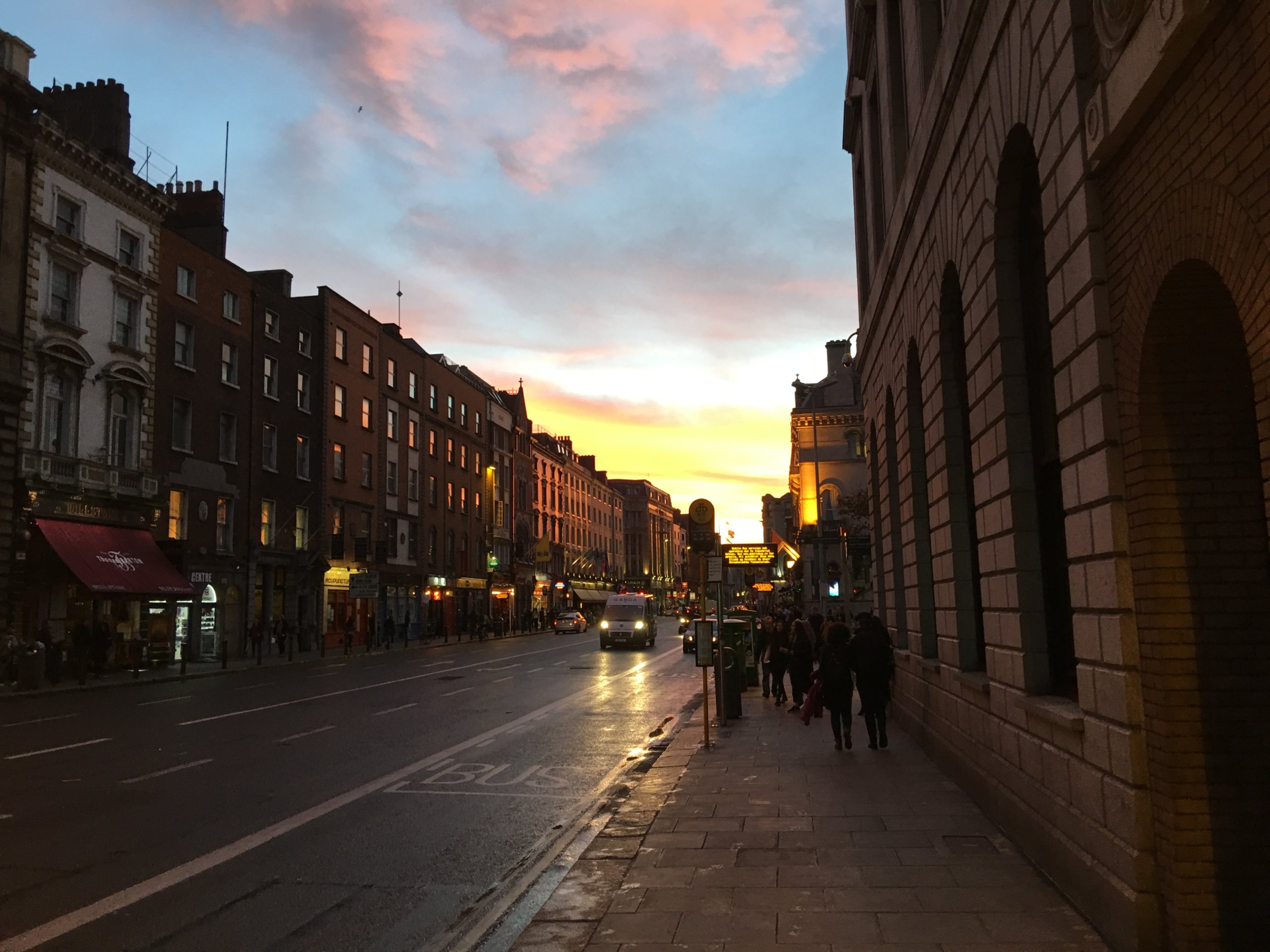Dublin is a vibrant, walkable city, and the best area in which we’ve found to stay surrounds the Temple Bar area in the city center. The Harding Hotel is one such hotel – right in the heart of the city and convenient to tourist attractions and local haunts alike. Take advantage of their welcoming and warm accommodations and get to know the heart of Dublin.
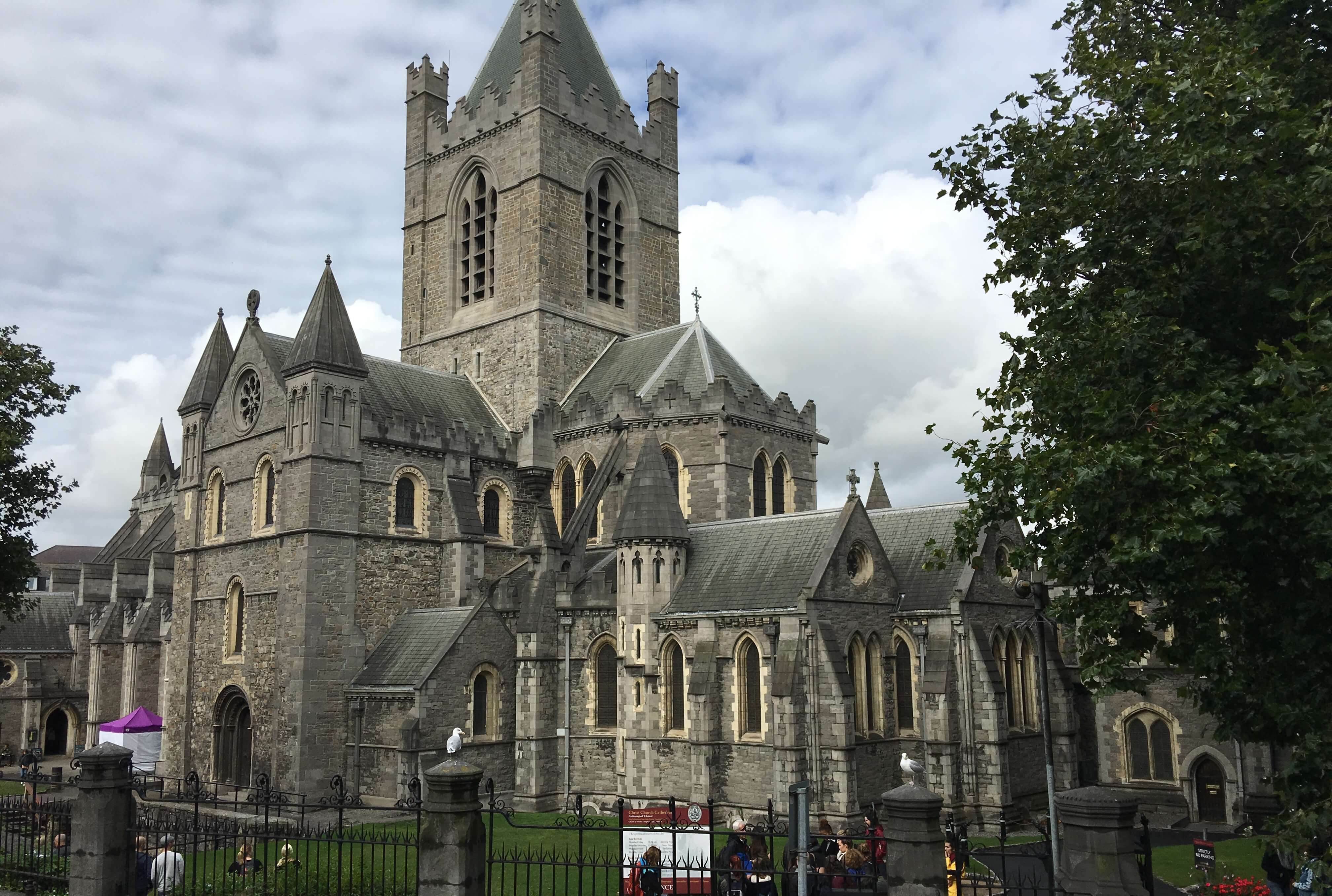
Located just down the street from the historic Dublin Castle, a short walk from the always-festive Grafton Street, and steps from the famous Temple Bar area, The Harding Hotel is an ideal spot for night owls and historians alike. Take a stroll to St. Patrick’s Cathedral, enjoy a pint at the Brazen Head pub, built in 1198, and explore all of Dublin from this perfectly-located inn. We took advantage of the location to also take a day trip on the hop-on-hop-off bus tour located directly across the street from Trinity College, allowing us to see much of what Dublin offers. Whenever we travel, we find that hop-on hop-offs are a great way to see a lot in a short amount of time.
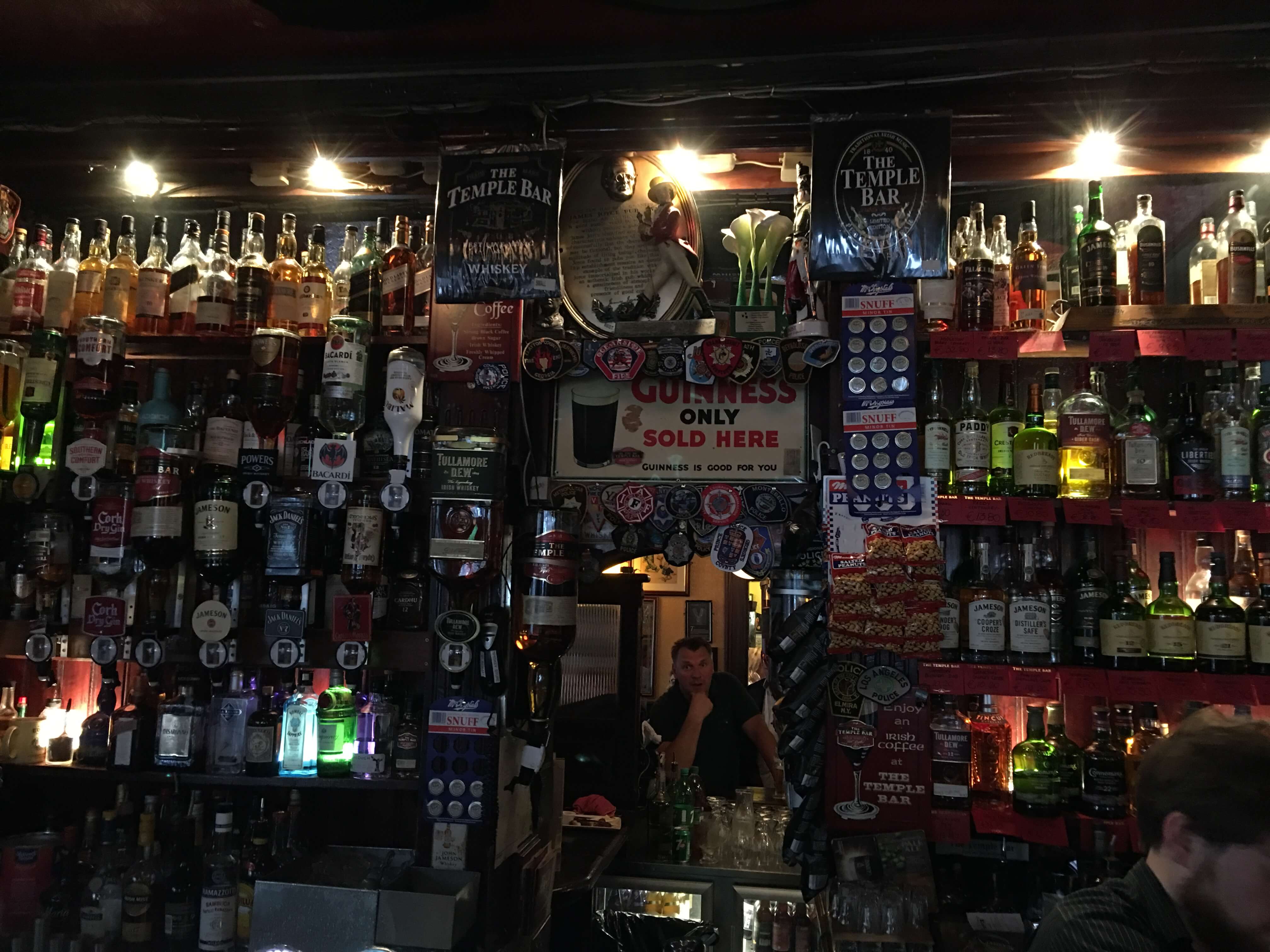
Fun Fact: Trinity College is also home to the famous library which displays the Trinity College Harp (or, the Brian Boru’s Harp), likely the oldest harp in existence today, dating back to the 14th or 15th century, and the very one used for the coat of arms in Ireland. Humorously, a right-facing image of the Trinity College Harp was first registered by Guinness in 1876, forcing the State to use only the left-facing image!
Another interest fact regarding the Harding Hotel’s location in historic Dublin is its relevance to the city’s Scandinavian roots. In fact, there are historical Dublin tours frequenting the hotel due to its golden markers through the lobby floor. These markers represent the original “Copper Alley”, one of the original Viking streets in Dublin’s center center.
Onsite at the Harding Hotel is the always-festive Darkey Kelly’s Pub, one of the best places to start your day out with a pint and end it with a nightcap. A true, traditional Irish pub, Darkey Kelly’s has near-nightly music, authentic Irish dishes, and one of the best pints in town. The service is always welcoming and the highly trained bar staff can answer any question you might have about their specialty spirits. We partook in a few plugs of local whisky on our last visit, and the recommended offerings were excellent!
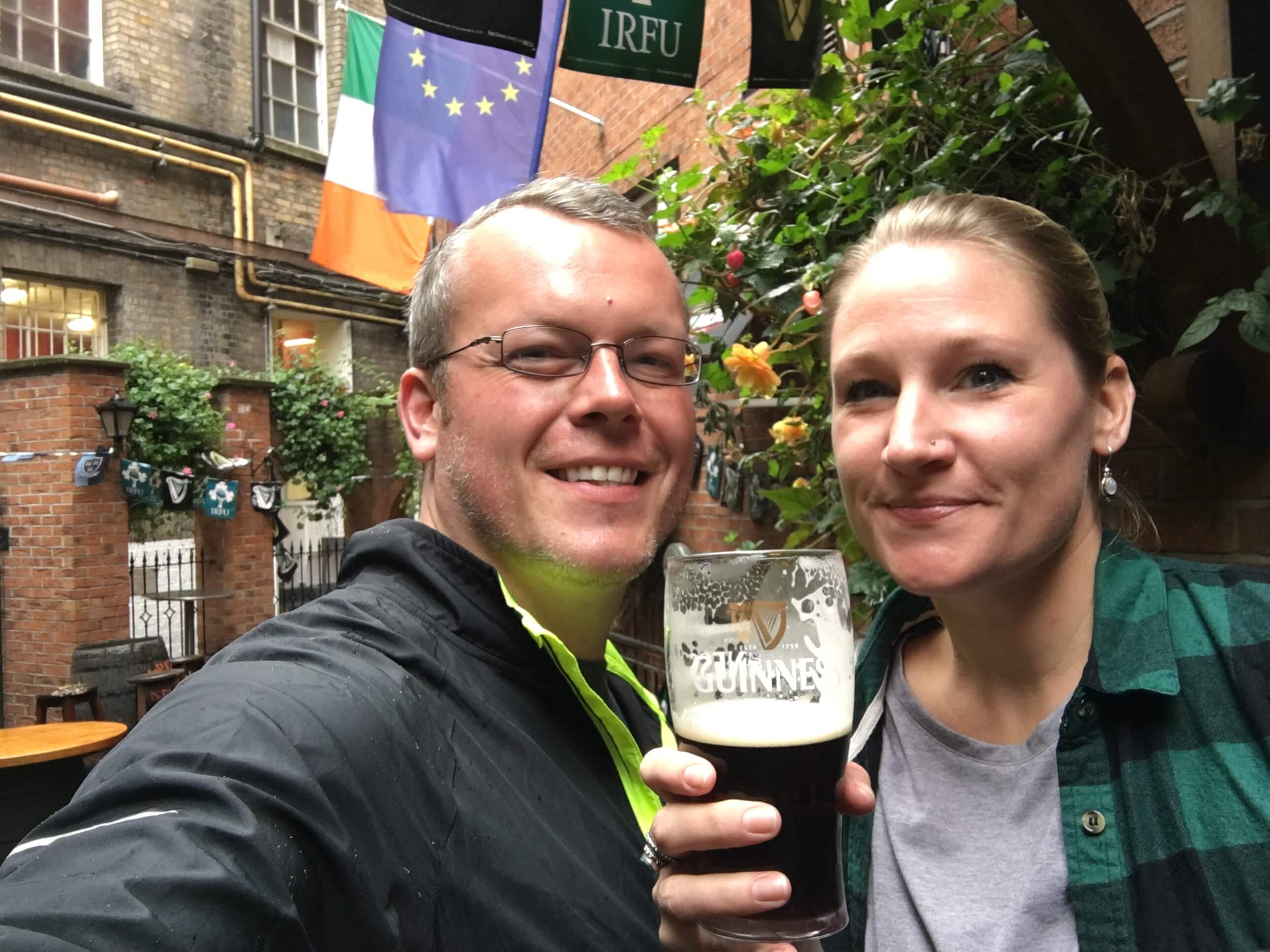
While on site, you’ll also find the quaint yet modern Copper Alley Bistro, open for breakfast at 7:30am and closing with dinner at 9:45pm. Make sure to ask for their Irish Breakfast, a generous and delicious plate of traditional fare including black & white pudding, grilled tomato and fried eggs. They also offer a hearty vegetarian plate if that’s more your flavor. (Also, make sure to get a cup of hot tea with milk to go with that Irish breakfast!)
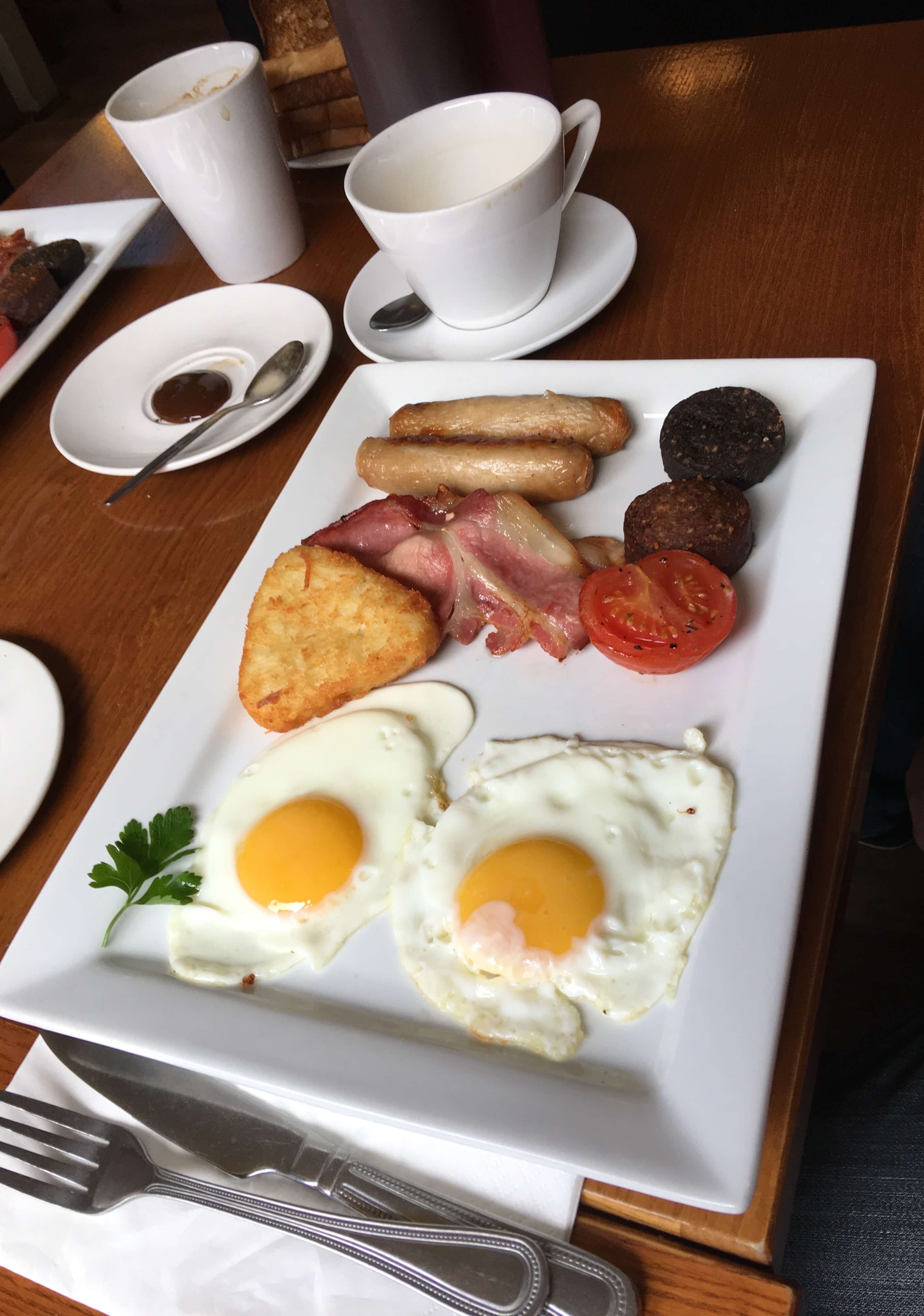
The rooms themselves are quite spacious and warm, fully equipped with microwaves, mini-fridges and pleasing views of the city. (The mini-fridge came in especially handy when we ordered Tikka Masala from the restaurant across the street and couldn’t finish the generous portion!) During our visit the hotel staff was very accommodating, leaving toiletries and towels outside the room as not to disturb you, which was great for us since we never know which time we’ll be coming and going from the room!
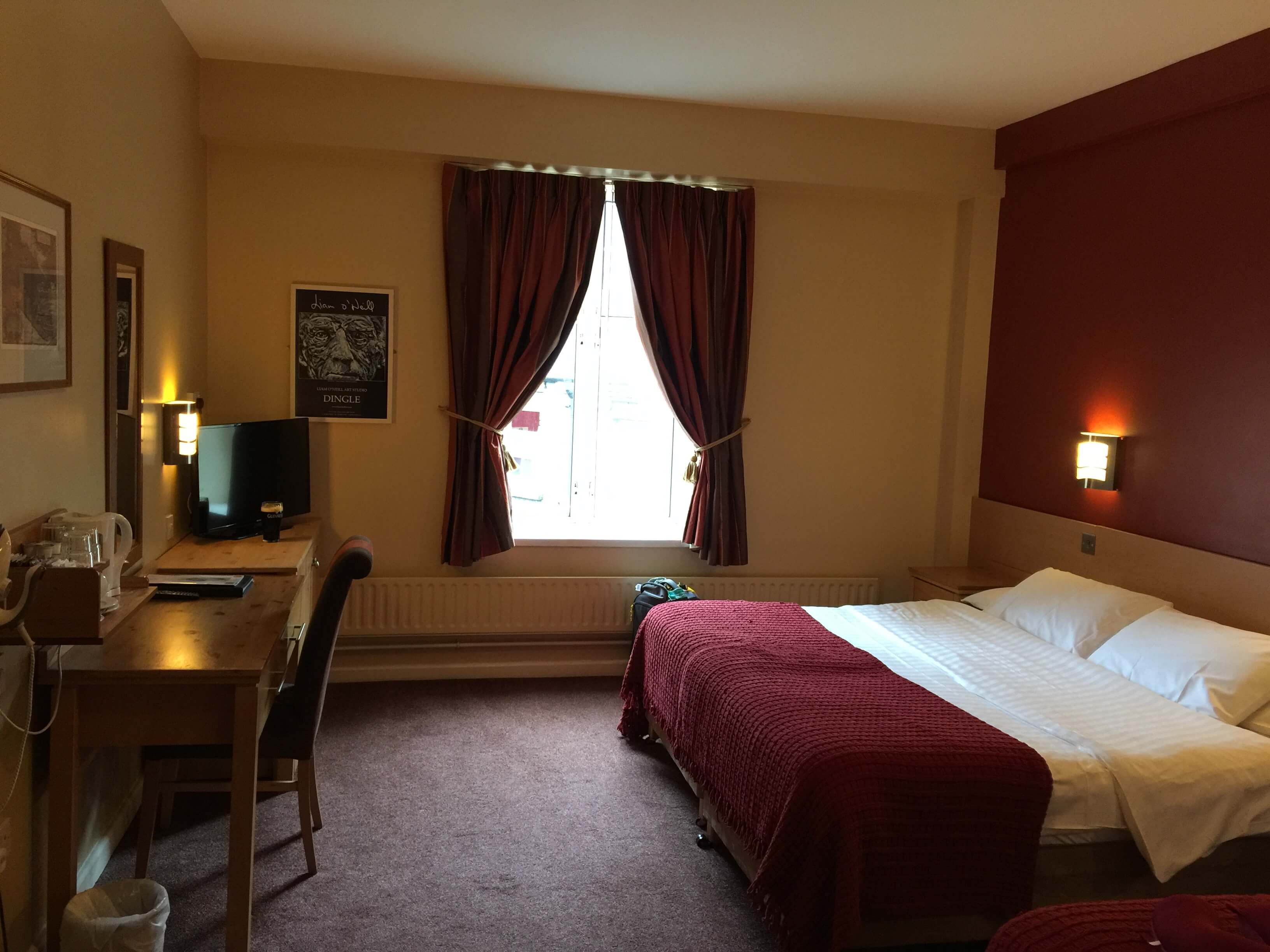
Our overall experience at the Harding Hotel was friendly, fun, convenient and relaxing, especially after long walks around the city. Whether we wanted to end our night at Darkey Kelly’s or simply retire to our room, the staff was unobtrusive, welcoming and very accommodating.
History of Harding Hotel in Dublin
Nestled in the vibrant heart of Dublin’s historic city center, the Harding Hotel stands as a testament to the rich tapestry of Dublin’s history. This charming boutique hotel, with its distinctive Georgian architecture and warm Irish hospitality, has a storied legacy dating back to the 19th century.
The Early Years
The Harding Hotel finds its roots in the bustling Dublin of the 1830s. Originally known as the ‘Hibernian Marine School,’ it was established to provide education and shelter to the orphans of seafarers. The building itself, a fine example of Georgian architecture, was constructed in the late 18th century. Its elegant facades and intricate detailing are emblematic of the period’s architectural grandeur.
The hotel’s early years as an educational institution were marked by a commitment to the welfare and education of its young charges. It became an integral part of the local community and earned a reputation for nurturing generations of Dubliners. However, as the needs of society evolved, so too did the fate of the Hibernian Marine School.
Transformation into a Hotel
By the early 20th century, the Hibernian Marine School had outlived its original purpose. In 1919, it was repurposed as a hotel, taking on the name ‘The Harding Hotel’ in honor of President Warren G. Harding of the United States, who had recently visited Dublin. This transformation was a nod to the changing times and Dublin’s growing importance as a cultural and commercial hub.
The Harding Hotel quickly gained popularity among locals and visitors alike. Its prime location, just a stone’s throw away from key attractions like Christ Church Cathedral and Temple Bar, made it an ideal base for exploring Dublin’s treasures. The hotel became synonymous with comfort and elegance, offering a refuge for weary travelers and a venue for important social gatherings.
The War Years
During World War II, Dublin, like many European cities, faced its share of challenges. The Harding Hotel, however, managed to maintain its charm and resilience through these trying times. It provided solace to those affected by the war, offering a glimpse of normalcy amidst the chaos. The hotel’s enduring spirit and dedication to serving the community shone brightly during these years.
A Literary Haven
Throughout its history, the Harding Hotel has also been associated with Dublin’s vibrant literary scene. Writers, poets, and artists frequented the hotel, finding inspiration in its cozy ambiance and welcoming atmosphere. Perhaps the most famous of these literary connections is the renowned Irish playwright and novelist, Samuel Beckett, who was known to be a patron of the hotel’s bar. The echoes of literary discussions and creative musings still resonate within the hotel’s walls.
Modern Transformation
In recent decades, the Harding Hotel underwent a series of renovations to enhance its facilities while preserving its historic charm. The hotel’s commitment to maintaining its Georgian heritage is evident in its meticulous restoration of period features, including ornate cornices and sash windows. The result is a seamless blend of old-world elegance and modern comfort.
Today, the Harding Hotel continues to be a cherished landmark in Dublin. It has adapted to the demands of the 21st century while retaining its commitment to impeccable service and the warm hospitality for which Ireland is known worldwide. The hotel’s 52 rooms offer a comfortable retreat for travelers, while its restaurant and bar provide a taste of authentic Irish cuisine and a wide selection of beverages.
The history of the Harding Hotel in Dublin is a reflection of the city itself – a journey through time that weaves together tradition and modernity. From its origins as a refuge for orphans to its current status as a welcoming haven for travelers, the hotel has left an indelible mark on the cultural landscape of Dublin.
As Dublin continues to evolve, the Harding Hotel remains a steadfast beacon of Irish hospitality and a living testament to the enduring spirit of this remarkable city. Its story is one of resilience, transformation, and unwavering commitment to providing comfort and solace to all who pass through its doors.
Our verdict: Highly recommended
Contact:
Address: Fishamble St, Temple Bar, Dublin, Ireland
Phone: (+353) 1 679 6500

